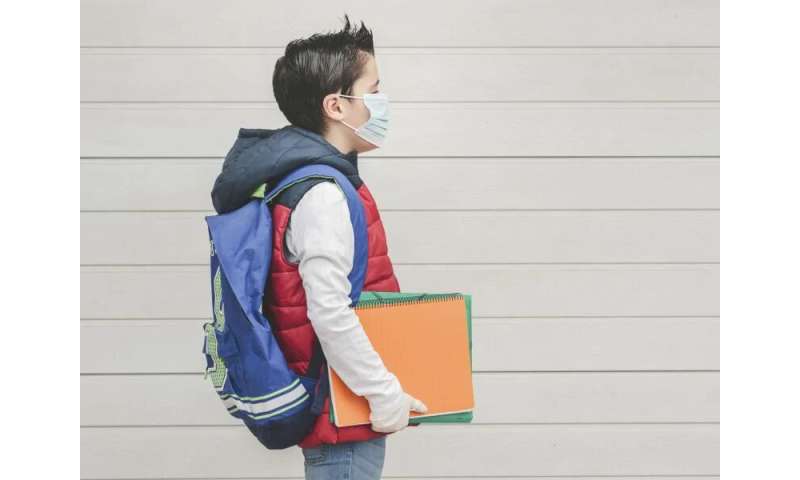
(HealthDay)—Safeguards such as contact tracing and swift isolation of cases of COVID-19 could be the key to reopening U.S. schools safely this September, a study from Australia shows.
In the study, which involved thousands of schools or preschools, a total of 27 kids or teachers were determined to have been present in schools while they were infected with the new coronavirus.
But because of proper social distancing, hand-washing and contact tracing, infections spread to only 18 more people out of a school population of thousands, said a team led by pediatrician Dr. Kristine Macartney from the University of Sydney. She directs Australia’s National Centre for Immunization Research and Surveillance.
“Our findings are the most comprehensive data that we have yet on SARS-CoV-2 transmission in schools and early years education settings,” Macartney said in news release from the journal The Lancet Child & Adolescent Health. The findings were published in the journal on Aug. 3
Debate continues to rage in the United States on the safety and wisdom of reopening schools. For its part, the U.S. Centers for Disease Control and Prevention says that reopening should be safe—and beneficial to kids’ academic and social well-being—as long as certain precautions are in place.
The agency’s new guidelines are based on the notion that children don’t spread the illness as easily as adults, and they typically don’t get very ill if they contract the new coronavirus.
Unlike many countries, Australia made the decision to allow schools to stay open even with the coronavirus pandemic underway.
Macartney and her group pored over data on student and staff health for more than 3,100 schools and 4,600 preschools in the province of New South Wales. They tracked the health of people who been in the schools between the date of the first COVID-19 case diagnosed in New South Wales (Jan. 25) until the end of the school term (April 10).
Overall, just 27 people—12 children and 15 adults—appeared to have gone to school while they were infected, the team said. The potentially hazardous infections occurred across 15 schools and 10 preschools.
However, once identified, contact tracing was swiftly put into place to identify and isolate people who might help spread SARS-CoV-2.
A close contact of a known infected person was “defined as those with face-to-face interaction for a minimum of 15 minutes or 40 minutes in an indoor space with an infected person,” the researchers said.
The nearly 1,500 close contacts of the 27 infected individuals were tracked with phone calls, and then given instructions to get tested should symptoms arise.
About 44% of these contacts did end up getting tested after showing symptoms that might indicate COVID-19, but just 1.2% of these close contacts tested positive for infection, the researchers noted.
Kids didn’t seem to be effective transmitters of the virus, overall, they added.
“The child-to-child transmission rate was found to be 0.3%, and 1.0% for child-to-staff,” Macartney and colleagues said. “The rate of staff-to-child transmission was 1.5% and staff-to-staff was 4.4%, suggesting that children are less likely than adults to spread the virus.”
And out of New South Wales’ total population of 1.8 million kids, just 98 kids were known to be infected with the new coronavirus, and children made up just 3.2% of all COVID-19 cases in the state. That confirms “low rates of disease in this age group,” the study authors said.
Macartney’s group stressed that there are flaws in the study—for example, it could only track COVID-19 patients who showed signs of illness, and the rate at which asymptomatic or very mild cases might still play a role remains unknown. The study was also done relatively early in the COVID-19 pandemic, they said.
Dr. Amesh Adalja is an infectious disease expert and senior scholar at the Johns Hopkins Center for Health Security in Baltimore. Reading over the new report, he said that “what these studies illustrate is that school are part of a community and community transmission will impact schools.
Source: Read Full Article